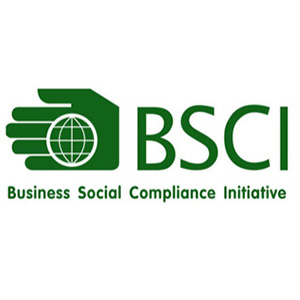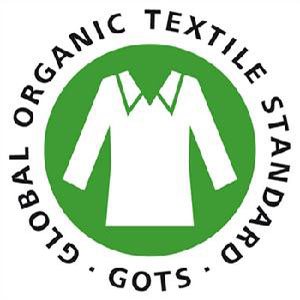Consultants from Tranwin summarized the precautions for the Primark audit, including personnel information, wage hours, social insurance, factory rules and regulations, fire safety and hygiene, and details of the audit notice. Please refer to:
First, fire safety and sanitation of Primark's inspection
1. Fire drill
1.1. Keep factory fire drill records, dormitory fire drill records, at least once a year, records should include written records and photos.
1.2. To keep records of fire training, the records should include training time, location, training content, participants, etc.
2. Fire facilities
2.1. Fire-fighting equipment should be marked, such as red fire-catching characters such as “fire extinguishers” and “fire hydrants” above fire extinguishers or fire hydrants.
2.2. Fire extinguishers and fire hydrants shall have an annual certificate issued by the fire department or an equivalent department. Usually, the maintenance certificate or the factory certificate attached to the fire extinguisher may be used, but pay attention to the validity period or the repair date or the factory. The date is valid for one year, and the fire hydrant must have the certificate of conformity checked by the local fire department every year.
2.3. Fire hydrants should be sealed, and the seals should be stamped with the official seal of the factory.
2.4. Fire extinguishers and fire hydrants should be inspected regularly and recorded.
2.5. The type of fire extinguisher should be ABC type, not pure AB or BC type.
2.6. Portable fire extinguishers should not be placed directly on the ground. They should be placed in hooks, trailers or fire extinguisher boxes. The height of the top from the ground should be less than 1.5 meters, and the height of the bottom from the ground should not be less than 0.15 meters. There should be no less than 2 fire extinguishers in a fire extinguisher configuration site, and no more than 5 fire extinguishers at each set point.
2.7. Where fire hydrants or fire extinguishers are suspended, an isolation zone shall be drawn in red. It is strictly forbidden to stack items in the isolation zone to prevent blocking of fire exits.
3. Evacuation channel, safety exit sign, emergency light
3.1. The number of safe exits on each floor of the factory building and dormitory should not be less than two. Each safety exit should be kept open. There should be a “safe exit” sign and emergency lights installed.
3.2. Emergency lights should be installed in each stairwell.
3.3. Factory buildings, each floor of the dormitory should have a clear evacuation route display map, the location of the safety exit, fire extinguisher and fire hydrant should be clearly marked on the map.
3.4. The production workshop shall divide the production area and the passage by a yellow passage line, and the evacuation direction arrow shall also be marked on the passage.
4. Explosion-proof lights
4.1. Explosion-proof lights should be used for warehouse lighting.
5. Protective equipment,.
5.1. The belts, bright gears, grinding wheels, chainsaws, pulleys and flywheels should be equipped with protective devices. For example, a sewing machine requires an upper and lower belt protection cover.
5.2. Operators of industrial shears and chainsaws should be equipped with metal gloves for protection.
5.3. Personnel working in an environment with noise exceeding 85 db should wear earplugs.
5.4. In one of the following cases, the factory shall supply workers' overalls or aprons and provide protective equipment such as work caps, masks, gloves, leggings and shoe covers as needed.
5.5. Workers operating in locations where there is a hazard to health, steam or dust should be supplied with masks, safety goggles and gas masks.
5.6. Workers who regularly operate on the ground with water or other liquids should be supplied with waterproof shoes or waterproof boots.
6. Identification of electrical switches
6.1. The electrical switch should be clearly marked to control what electrical appliances.
6.2. The distribution box should have an obvious warning sign “Electrical hazard”.
7. First aid kit
7.1. At least one first aid kit should be provided for each individual workshop or for every 100 workers. The first aid kit cannot be locked and is easy to find.
7.2. The first aid kit should be prepared with the following medicines: alcohol, burn cream and medicines in the list.
7.3. Note that there is no oral medication in the first aid kit.
7.4. The first aid kit should have a list of medicines and medication records.
7.5. First aid kits are also available in the dormitory.
8. bathroom
8.1. The factory should supply toilet paper, soap or hand soap.
8.2. The toilet should have sufficient private space (such as partition walls and doors).
8.3. The bathroom should be divided into male and female toilets
9. Storage and use of chemicals
9.1. Chemicals in use or stored should be labeled.
9.2. A second container shall be provided in use or in the storage of liquid chemicals.
9.3. Where materials are used or stored, the Material Safety Data Sheet (MSDS) of the corresponding chemical should be posted.








